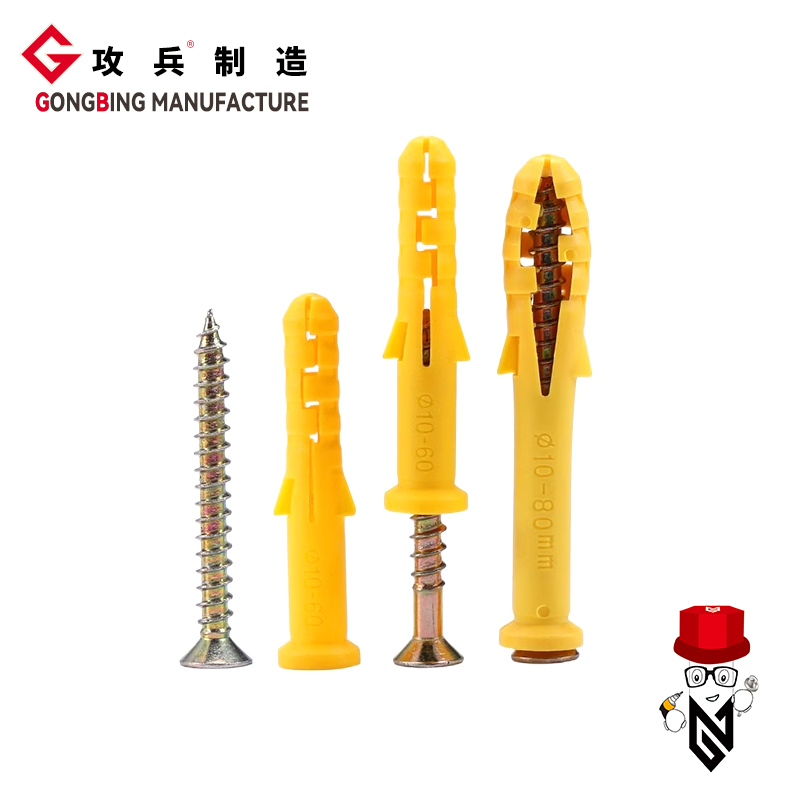6mm double ended stud
Understanding 6mm Double Ended Studs A Comprehensive Overview
The 6mm double ended stud is a versatile and essential component in the fields of engineering and construction. It serves various purposes, from connecting different parts of a structure to facilitating the assembly of various mechanisms. In this article, we will explore what double ended studs are, their applications, the significance of the 6mm specification, and tips for selecting the right stud for your needs.
What is a Double Ended Stud?
A double ended stud is a fastening device that has threads on both ends and a smooth middle section. This design allows for attachments on either end, making it a practical choice for applications where space is limited or where a more robust fastening solution is required. The double-ended configuration means that a single stud can be used to connect two components, making it both efficient and economical.
Specification The Importance of the 6mm Size
The designation 6mm refers to the diameter of the stud. This size is crucial as it dictates the load-bearing capacity, the type of nuts or fittings that can be used, and the overall compatibility with other components. A 6mm double ended stud is often used in various applications, ranging from automotive assemblies to electronic equipment.
The choice of a 6mm stud can be particularly beneficial in designs where weight and space are critical factors. A smaller diameter stud provides sufficient strength while minimizing the overall weight, which is crucial in sectors such as aerospace and automotive industries, where every gram counts.
Applications of 6mm Double Ended Studs
1. Automotive Industry In the automotive sector, 6mm double ended studs are commonly used to connect engine components, chassis parts, and suspension systems. Their ability to handle vibrations and thermal expansion makes them ideal for these demanding environments.
2. Construction In building and construction, these studs can be employed to join structural elements like beams and columns. Their dual-threaded nature allows for solid connections that are essential for the integrity of the structure.
6mm double ended stud

3. Manufacturing In manufacturing, 6mm double ended studs are frequently used in assembly lines where components need to be joined quickly and efficiently. Their standard sizing makes them readily available and compatible with various tools and machinery.
4. Electronics The electronics industry also benefits from these studs, particularly for securing electronic housings or components that require a stable yet removable fastening solution.
Selection Tips for 6mm Double Ended Studs
Choosing the right double ended stud requires careful consideration of several factors
1. Material Double ended studs are available in a variety of materials, including steel, stainless steel, and brass. The choice of material should be guided by the specific environmental conditions, such as exposure to moisture, temperature fluctuations, or corrosive substances.
2. Thread Type Ensure that the threads match the nuts or components that will be attached to the studs. Common thread types include coarse and fine, each serving different strength and application requirements.
3. Length The length of the stud should be suitable for the thickness of the materials being fastened together, allowing for adequate engagement of the threads.
4. Load Capacity Assess the load requirements of your application to ensure that the selected stud can handle the necessary forces without failure.
Conclusion
The 6mm double ended stud is an indispensable tool in modern engineering and construction practices. Its unique design offers versatility and strength, making it suitable for a wide range of applications. By understanding the specifications, applications, and selection criteria associated with these studs, engineers and professionals can make informed decisions that enhance the quality and safety of their projects. Whether in machinery, automobiles, or buildings, the 6mm double ended stud remains a vital component in ensuring effective and reliable assembly.
-
Weatherproof Plastic Expansion Anchors for OutdoorNewsJun.06,2025
-
Sustainability in the Supply Chain: Eco-Friendly TEK Screws ProductionNewsJun.06,2025
-
Load-Bearing Capacity of External Insulation FixingsNewsJun.06,2025
-
Double Head Bolts: Enhancing Efficiency in Industrial MachineryNewsJun.06,2025
-
Corrosion Resistance in Chipboard Screws: Coatings for Wholesale DurabilityNewsJun.06,2025
-
Butterfly Toggle Bolts : Enhancing Structural ResilienceNewsJun.06,2025
